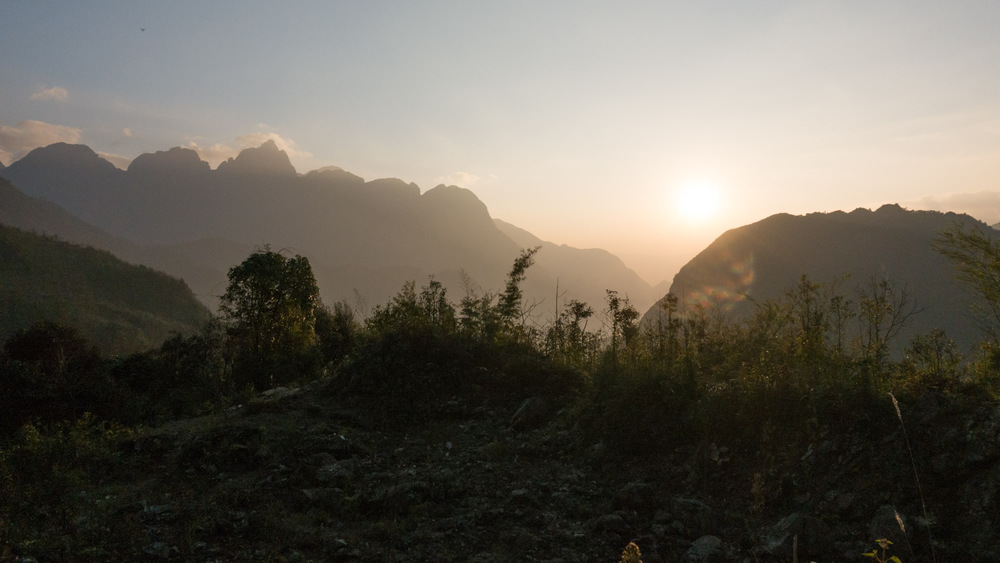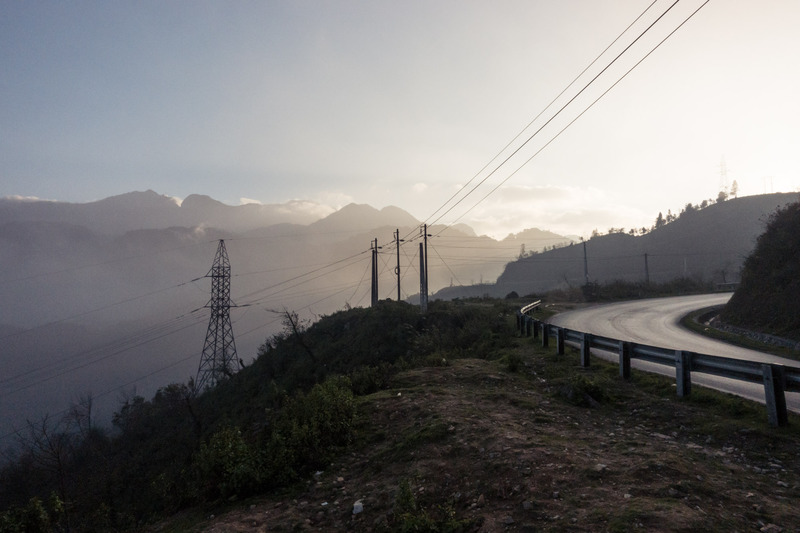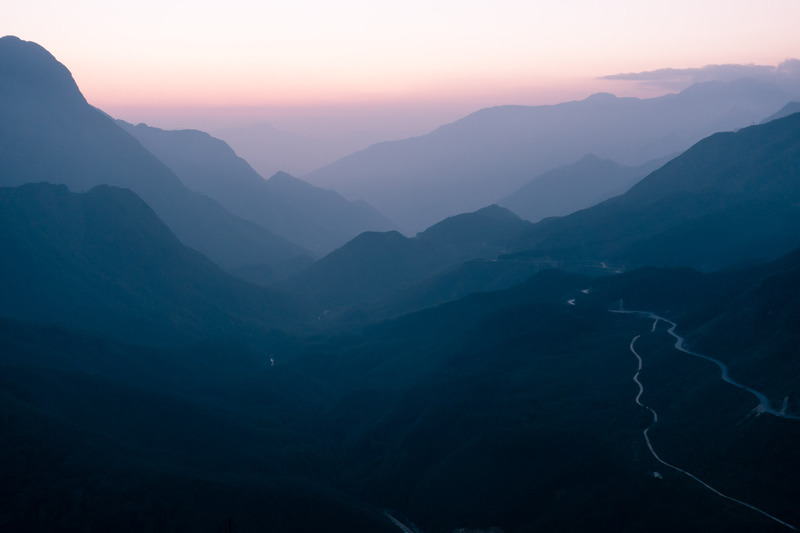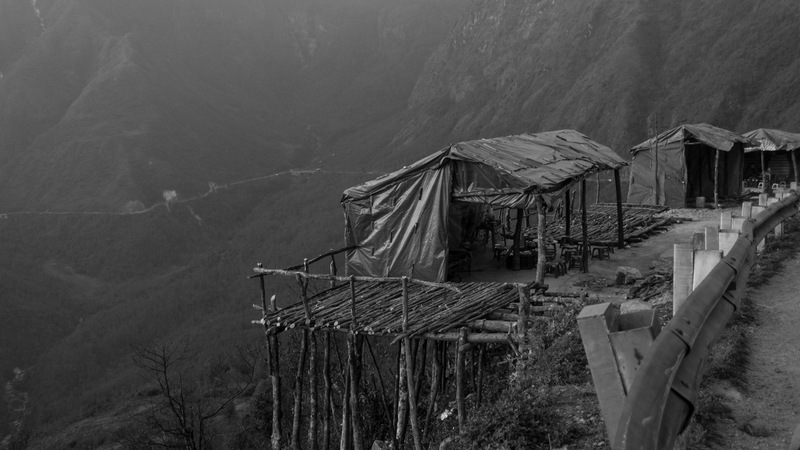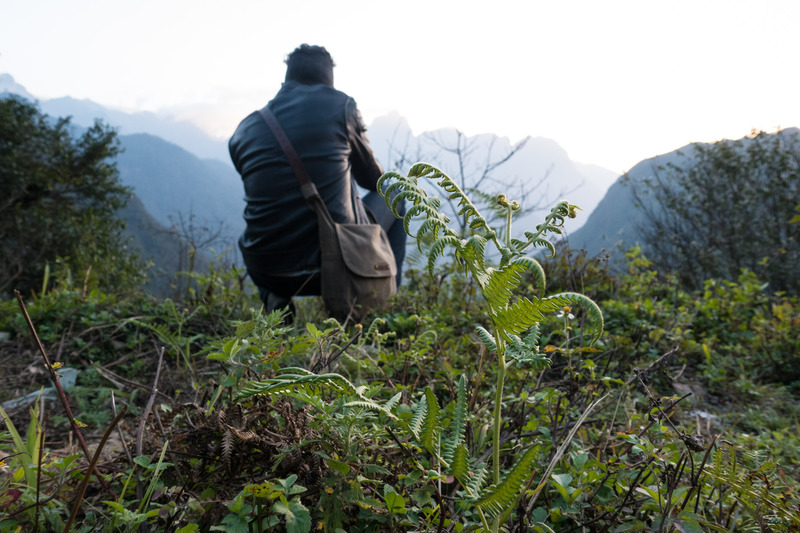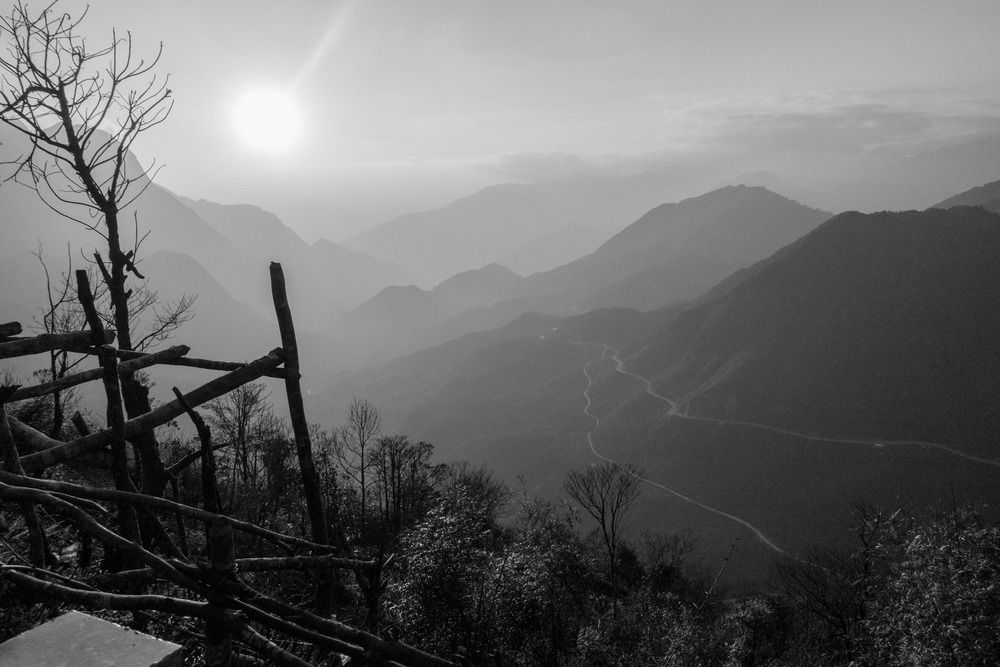Puttering Around Sa Pa
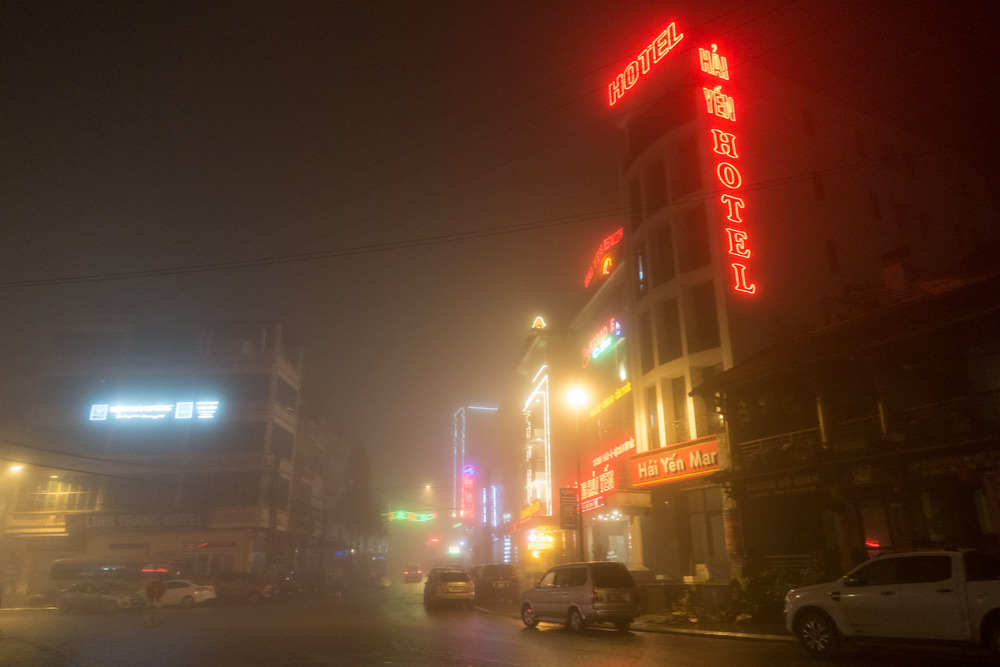
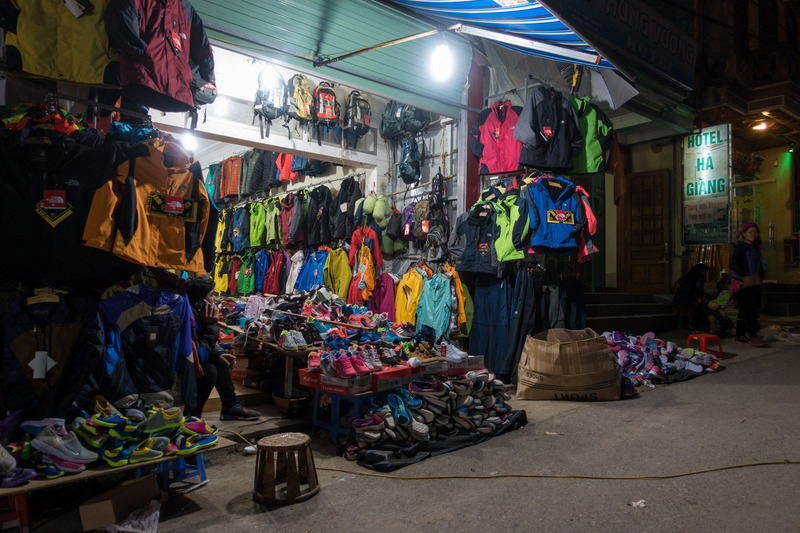
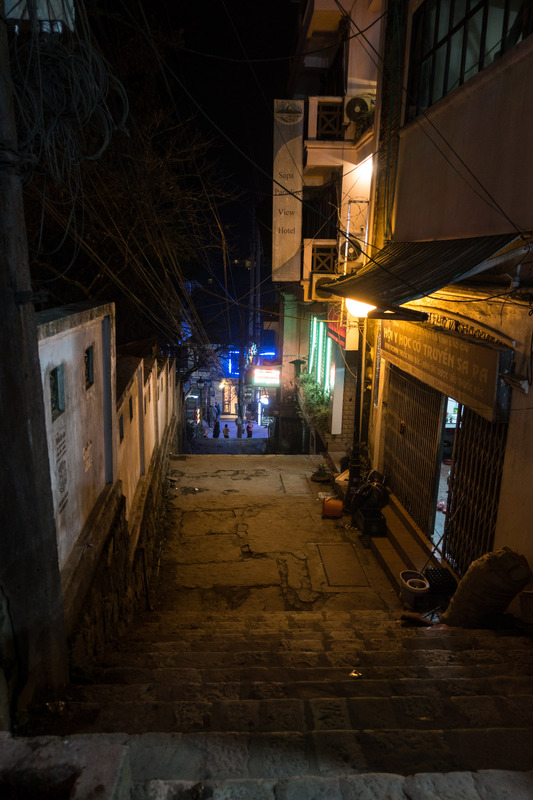
Sa Pa is a wonderfully beautiful and touristy town located in the northern mountains of Vietnam. Its status as an international tourist destination has been many years in the making; early development of the town was funded by the occupying French, who flocked to Sa Pa seeking respite from the heat of the Red River delta.
In response to the bitter cold we’d found upon arrival, our first order of business in Sa Pa was getting warmer clothes. There were many options for this, with each store selling a slightly different selection and quality of North Face knockoffs (I also saw some branded “Kirkland Signature” — Costco?). I chose to take my business to Warm Sapa where the woman was friendly and didn’t try to oversell us. I walked out with a nice windproof and water resistant jacket and a pair of fleece-lined long underwear. Goodbye cold!
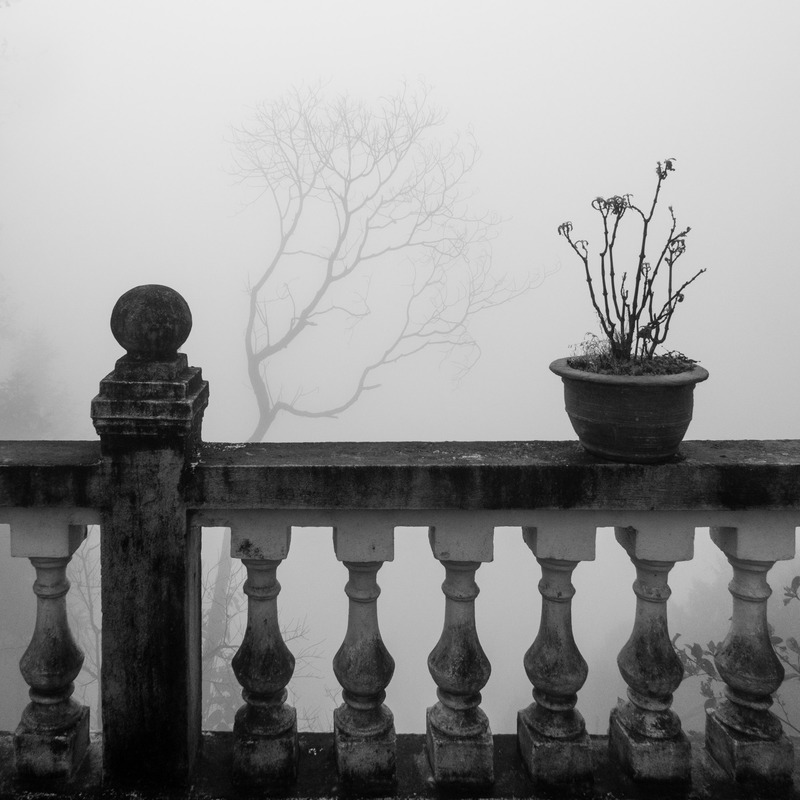
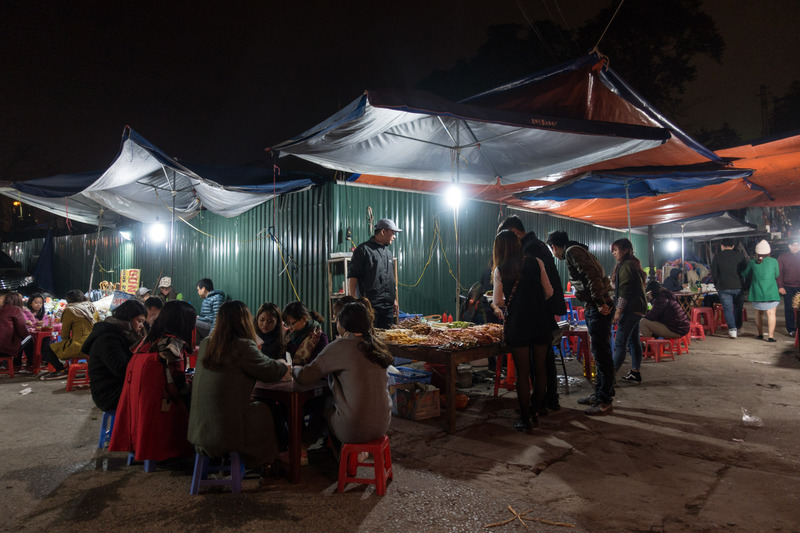
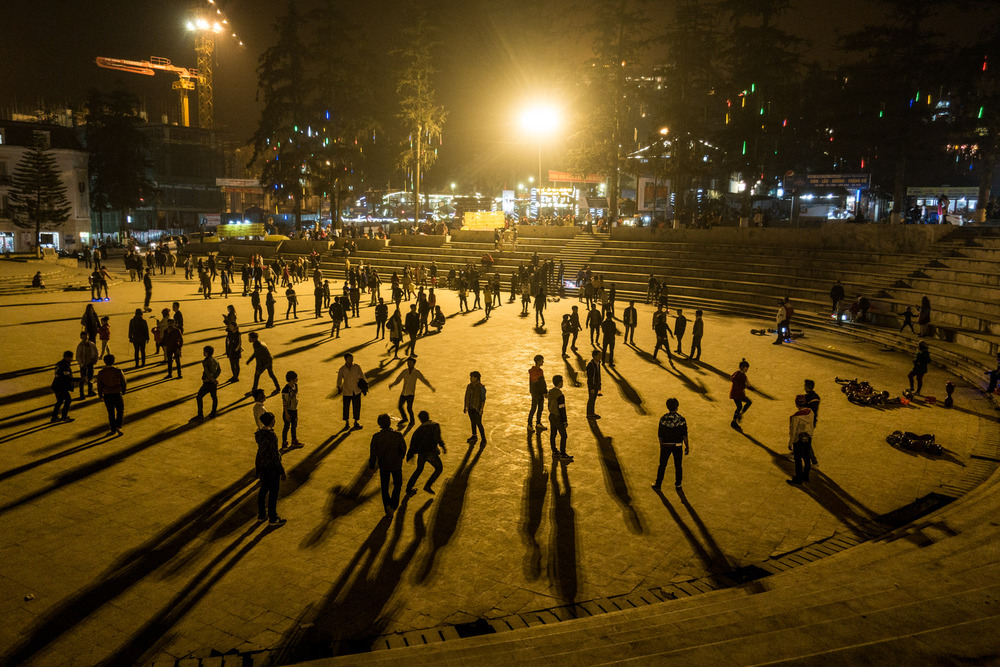
Food
There’s no shortage of tasty food in Sa Pa. At a restaurant down some stairs on a side street, we tried phở lợn (pork phở) for the first time and found it absolutely delicious. We visited Le Gecko and its sister cafe Le Petit Gecko several times for food and drinks. The cafe had an especially appealing atmosphere, as it was overrun with a litter of kittens. On our first visit, we watched, concerned, while one ventured out onto the rafter above the espresso machine, undeterred by its mother’s loud objections. Eventually mom outmaneuvered kitten and pushed it back to safety.
At a different cafe, I watched several guys selling roasted chestnuts. A queue would form in front of the empty platter as chestnuts roasted in something akin to a rock tumbler set over an open flame. The piping hot chestnuts would then be dumped onto the platter, sometimes still popping and sizzling, and would be promptly purchased. This process would repeat every 15 minutes. Wanting to try some, I gestured and asked for mọt số — a little bit — and got more than planned (half a kilogram). But they ended up being tasty, so I regretted nothing. We munched on chestnuts as we sipped our coffees and the surplus carried us through the next couple days.
Twice we got food at a BBQ restaurant. At the entrance, we selected skewers of raw meat and vegetables, piled them on a plate, then gave them to the woman working the grill. A little while later, that food was delivered to our table, grilled to perfection. The variety was mouth-watering: enoki mushrooms wrapped in slices of beef, marinated pork bundled up in greens, fatty pork spare ribs, shrimp dumplings, deep fried mochi (both plain and filled with red bean paste), and tiny whole birds (Jake, unsure how to proceed, gingerly worked his way around the tiny bones — I, feeling bold and impatient, ate mine whole, bones and all). Also served was sticky rice, cooked by inserting dry rice and water into a 10” section of bamboo, then grilling.
After dinner one night, we visited The H’mong Sisters, a dive bar with good music and drinks. We enjoyed sipping our warm (mulled?) red wine and daiquiris as we listened to the likes of Billy Joel and The Doors.
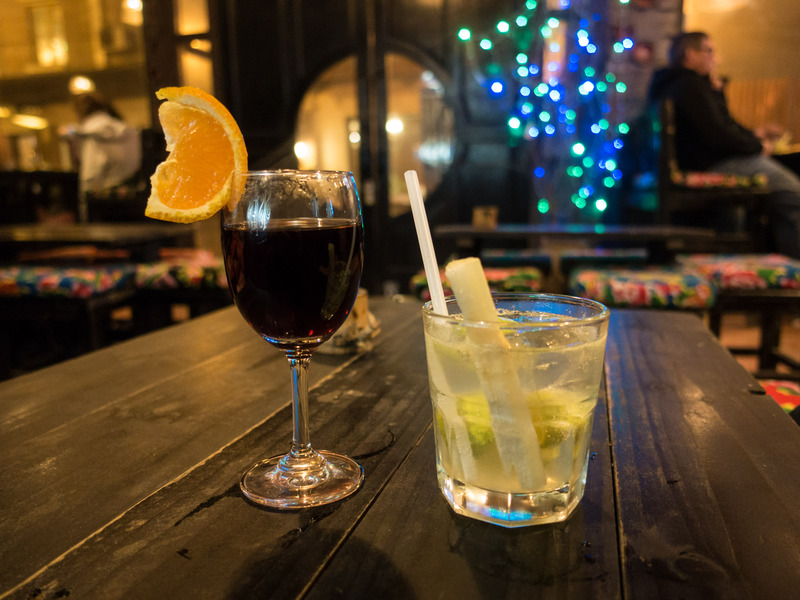
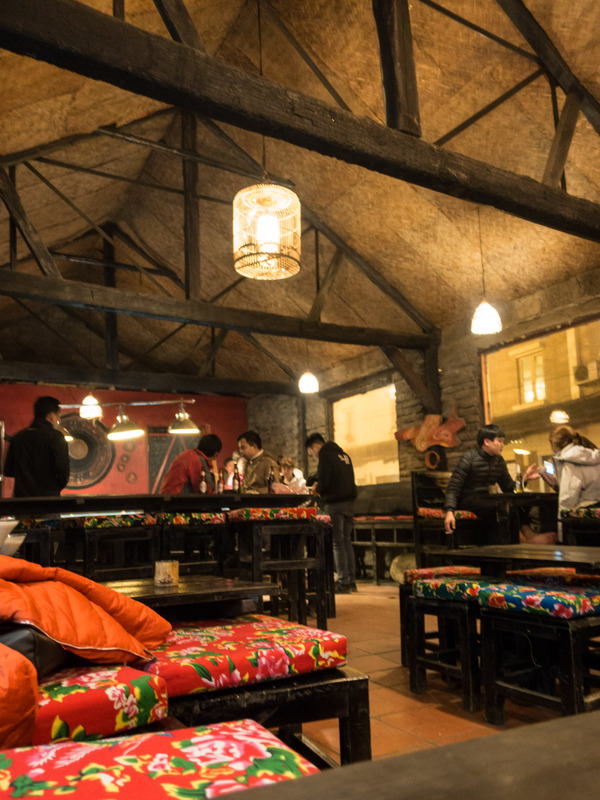
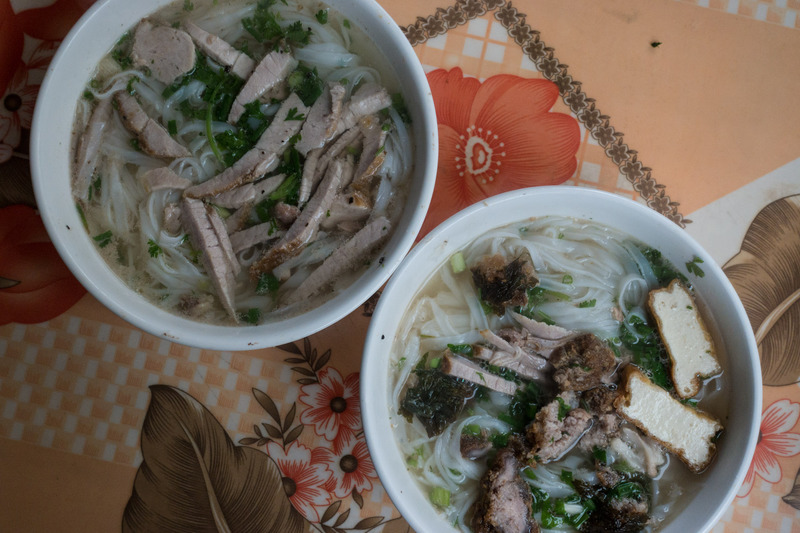
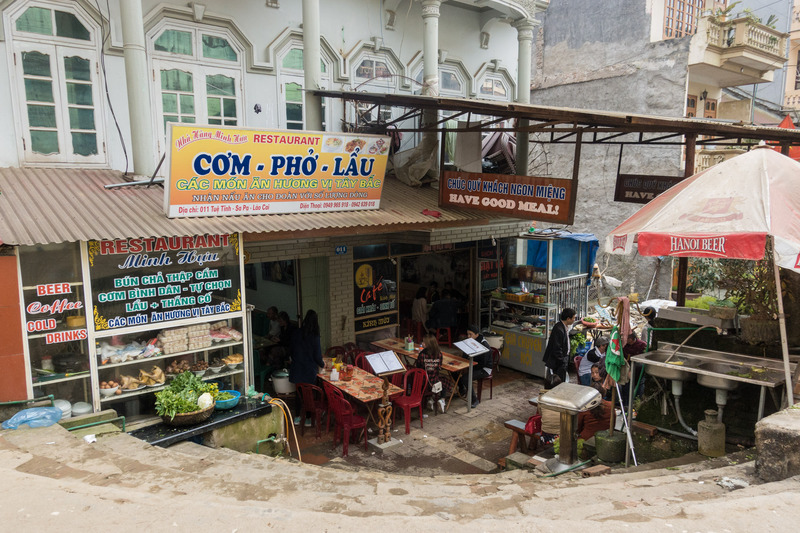
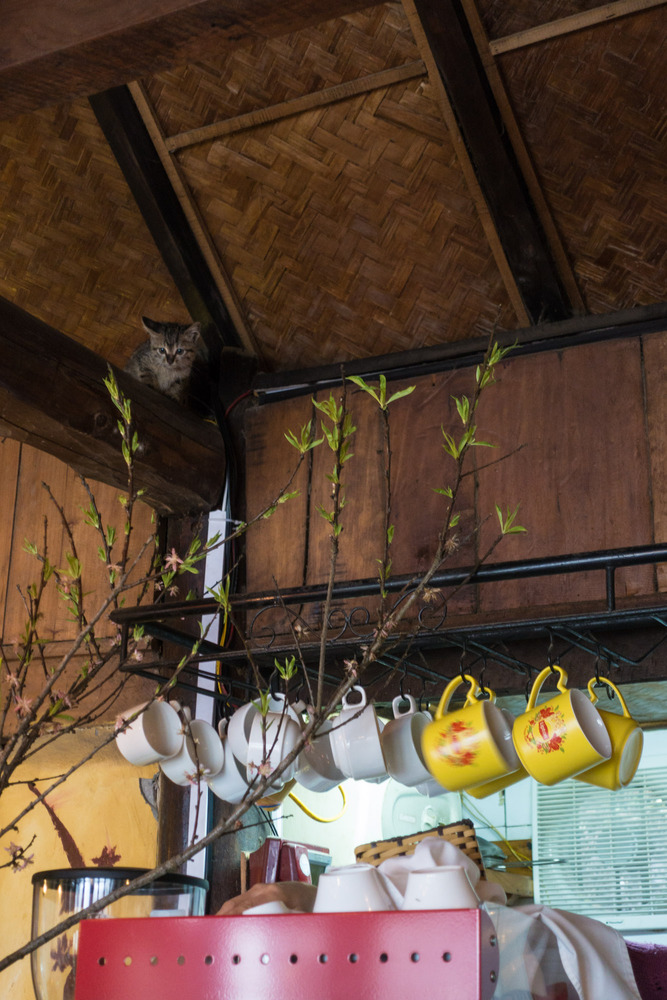
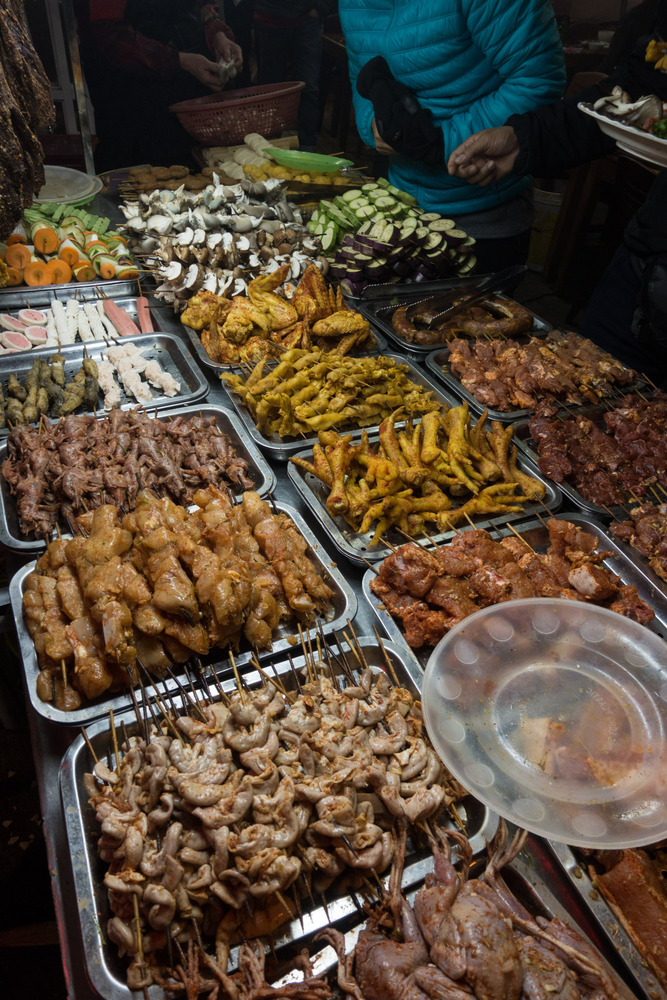
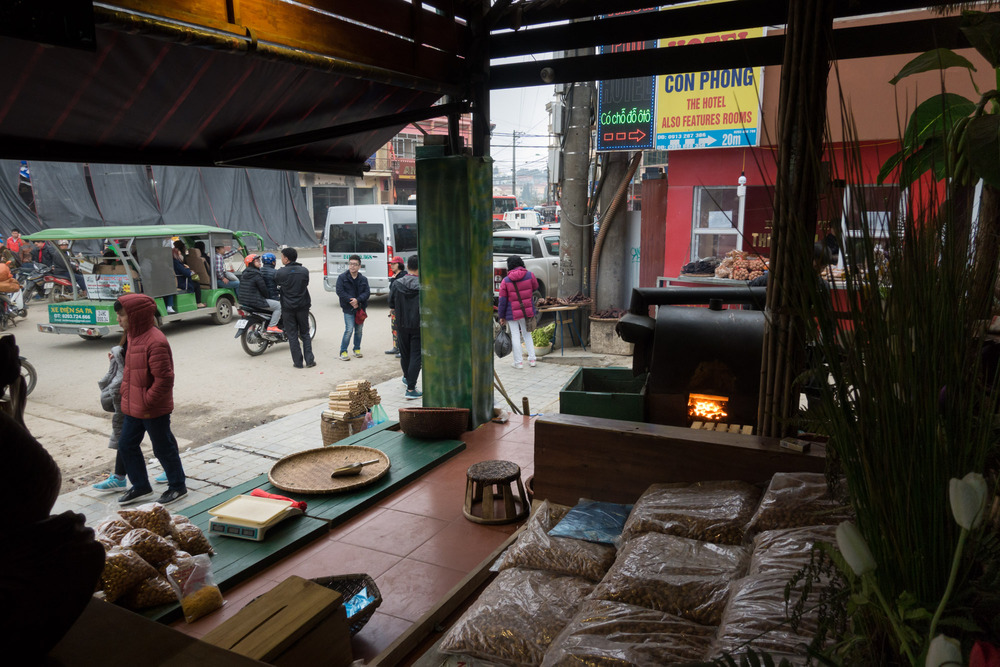
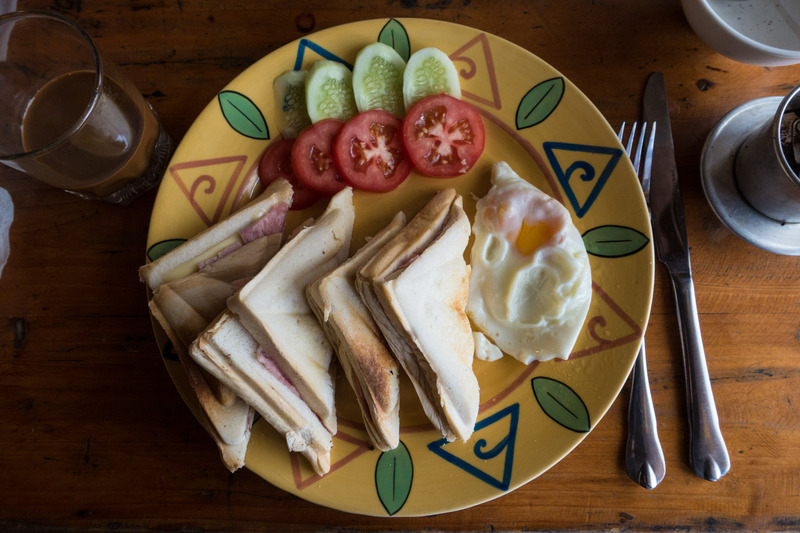
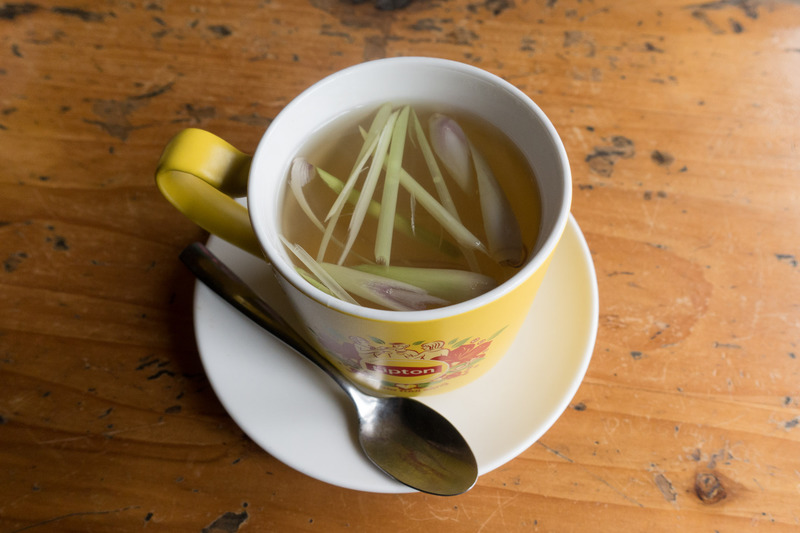
Cat Cat Village
Many ethnic minority groups live in and around Sa Pa. The group with the largest presence is the H’mong. Vietnam’s majority group, the Kinh, only recently began moving to the area. During our first couple days in Sa Pa, we decided to explore two local minority villages, Cat Cat Village and Lao Chải. Cat Cat Village, 3 km from Sa Pa, was a short trek down steep roads.
Walking through Cat Cat Village felt a bit like wandering through a Disney-fied rural village. All the paths were paved with flagstone-like rocks, and there were many stone staircases installed everywhere. Throughout other parts of rural Vietnam, bamboo water wheels use the flow of the river to lift water into elevated troughs for irrigation. In the past couple of years, Cat Cat Village has installed several of these by the river for their novelty factor. The troughs don’t hook up to anything and the village brings in enough money from tourism to buy water pumps, but all the tourists (including us) enjoyed the photo opportunities.
After wandering past shop after shop of handicraft goods, some handmade locally but many imported from Chinese factories, we escaped the touristy area and walked on dirt roads past terraced fields hidden in the fog. We also admired all the dog and pig footprints in the muddy road and tried not to slip and fall on our butts.
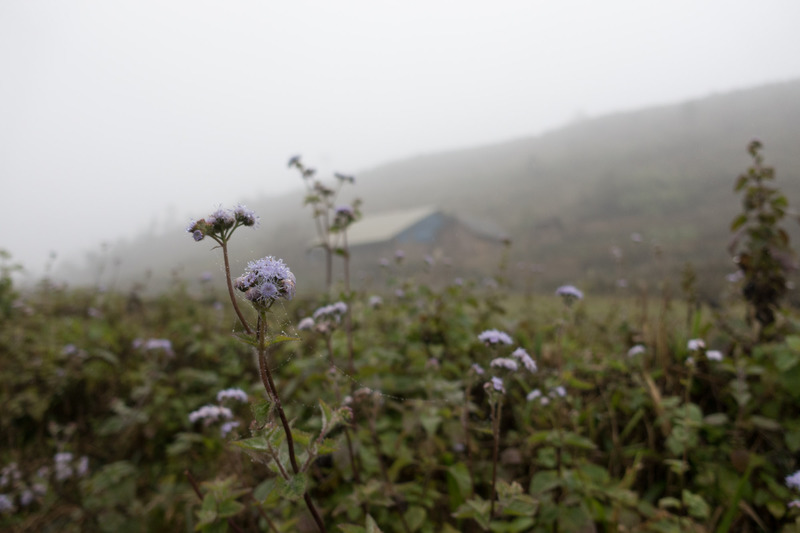
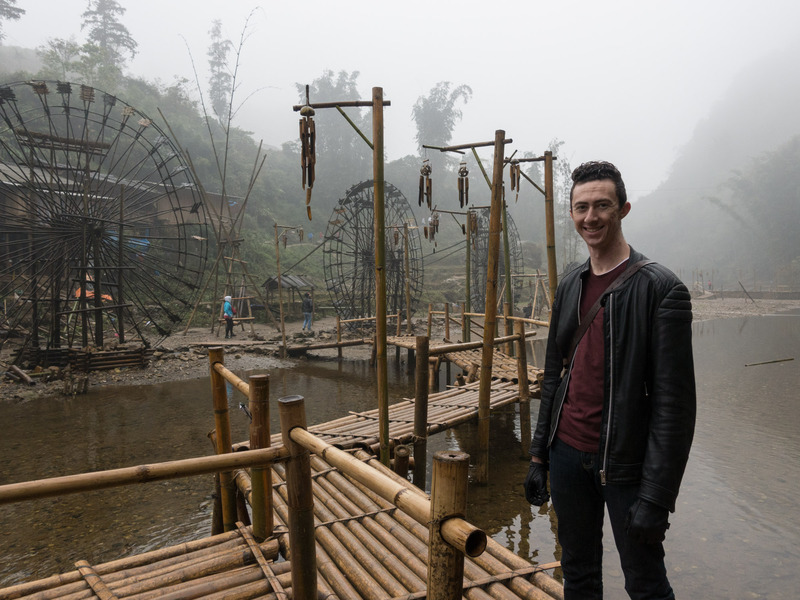
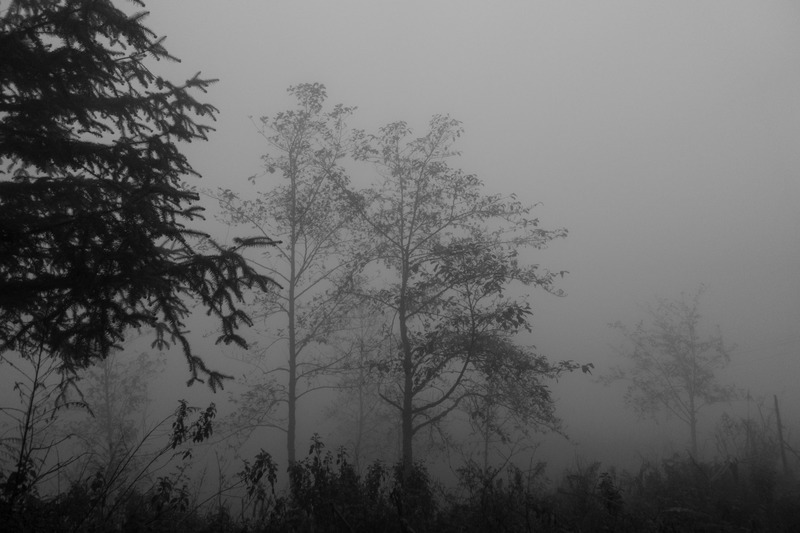
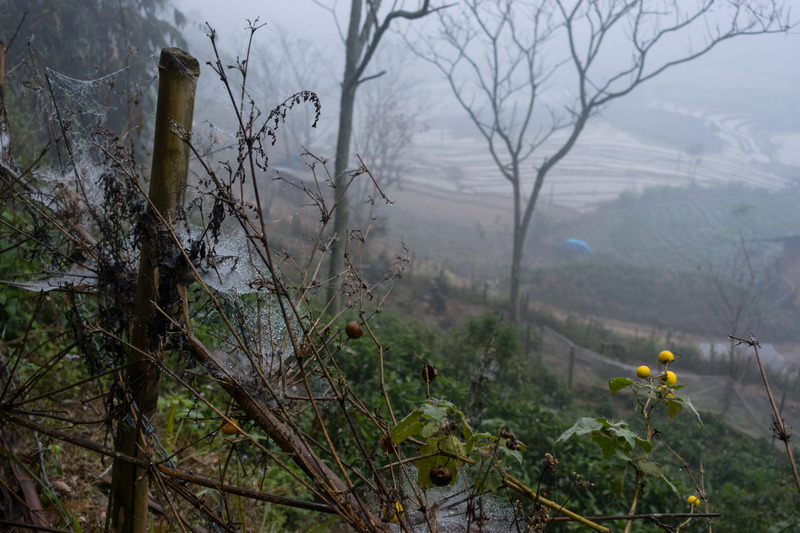
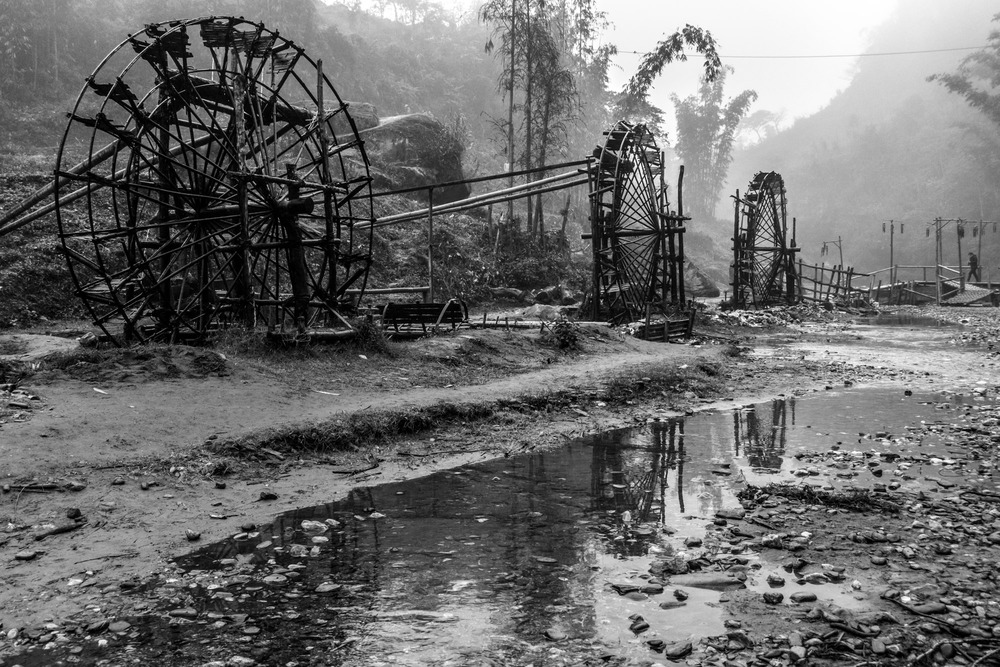
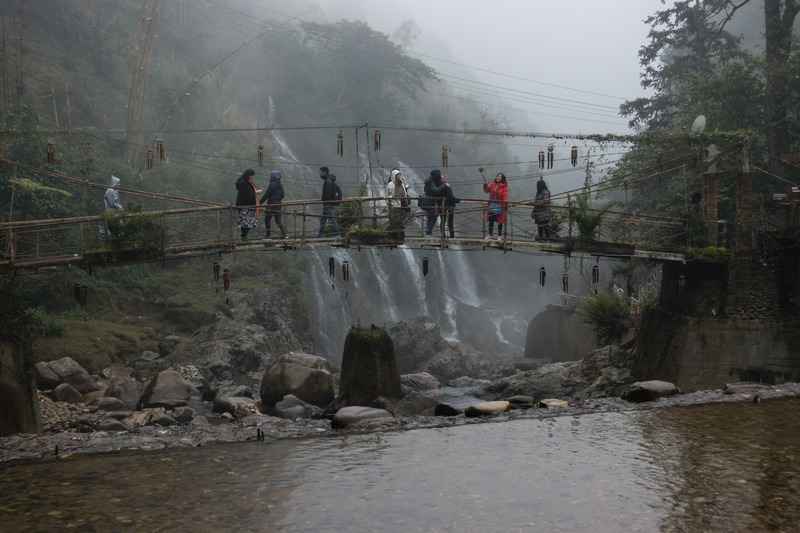
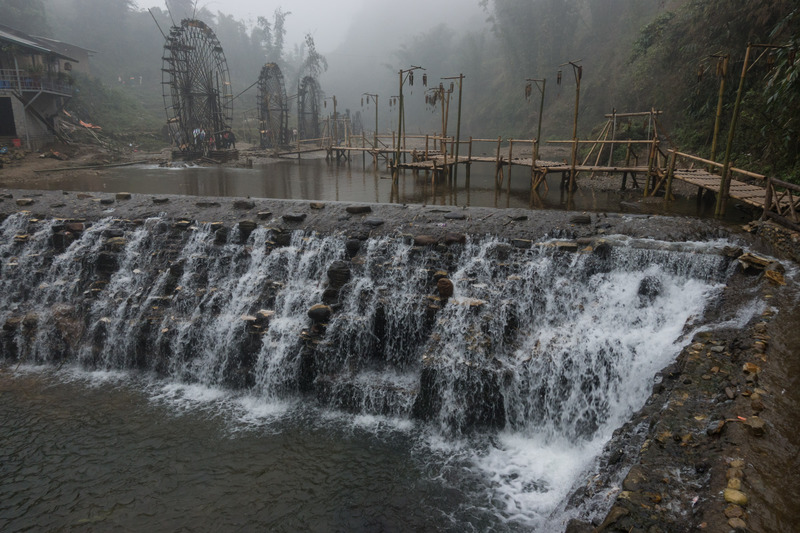
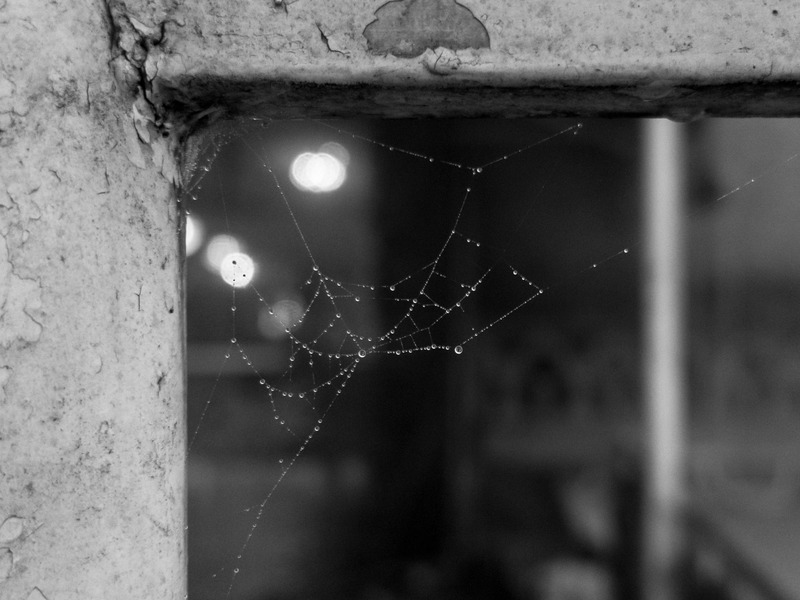
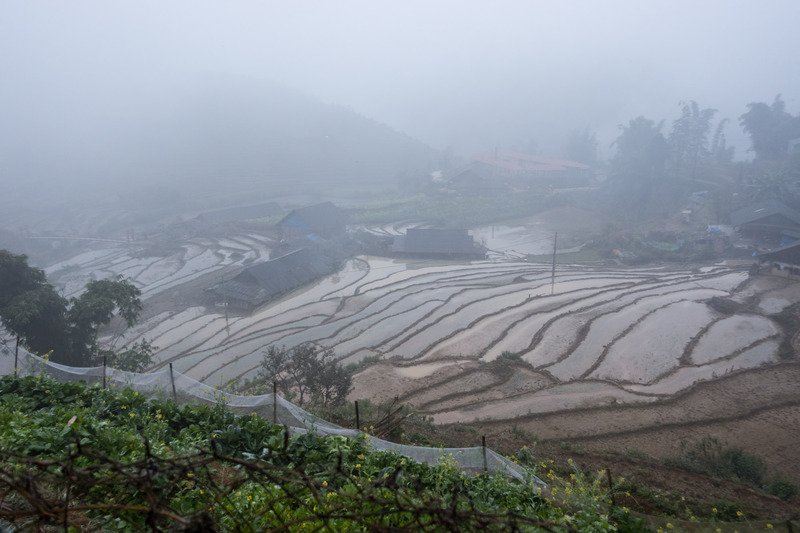
Lao Chải
To get to Lao Chải, we decided to take the bike (walking would have taken several hours and traipsing down huge hills). The roads in and around Sa Pa are full of potholes, and sometimes the potholes themselves are full of potholes; because of this, we drove slowly and carefully. Everything started out well. We stopped multiple times to take pictures of Lao Chải, shrouded in mist in the alley below. We also exchanged picture-taking abilities with a friendly woman who also paused on the side of the road.
Shortly after resuming our journey, we reached a stretch of (what I considered) terrifying road. It was an incredibly steep downhill section that consisted entirely of exposed, fist-sized rocks. Luckily we were traveling at a very slow speed, so when the bike’s front wheel was torqued by an unseen rock, jarring us sideways and spilling us onto the road, we came away with only a couple bruises and minor scrapes. Unfortunately, the part of the bike frame holding the left foot peg, shifter, and kickstand was bent; the bent foot peg prevented Jake from shifting, and the kickstand, when up, rode against the chain. Deeming the bike unrideable, we resolved to push the bike up the 2 km hill to Sa Pa where we could find a mechanic.
About 0.2 km into our ordeal, a friendly and concerned guy pulled over, spoke rapidly in Vietnamese (presumably, “Why are you crazy tourists pushing the bike instead of riding it?”), and when we gestured at the left foot peg, he tried standing and jumping on the peg to get it back into shape. We started attracting more gawkers, and someone picked up a rock to help. With many resounding thwacks, he was able to get things roughly into working shape. The helpful guys continued on their way down the hill with our thanks. However, we kept pushing the bike, because the clutch didn’t appear to work. Another concerned motorcyclist stopped to help; as a result, I now know that there’s a cable connecting the clutch to the engine, and that cable has a coupler that can be tightened. This guy drove the bike a couple of feet up the hill to show us it could be done, then waited to see us off. We said, “Fuck it, this beats pushing the bike,” and Jake carefully drove the rest of the way to Sa Pa (all in first gear, since the shifter was still bent, and very slowly because the front fork was misaligned… again). And while he navigated the potholed road, I clung on to the back and made sure I didn’t squirrel around.
We found an amazing mechanic in Sa Pa who very adeptly bent things back into shape, aligned the front fork, and tightened the brakes. After he finagled the rubber cover back onto the left foot peg, the mechanic told us the bill: 20,000 VND (less than $1).
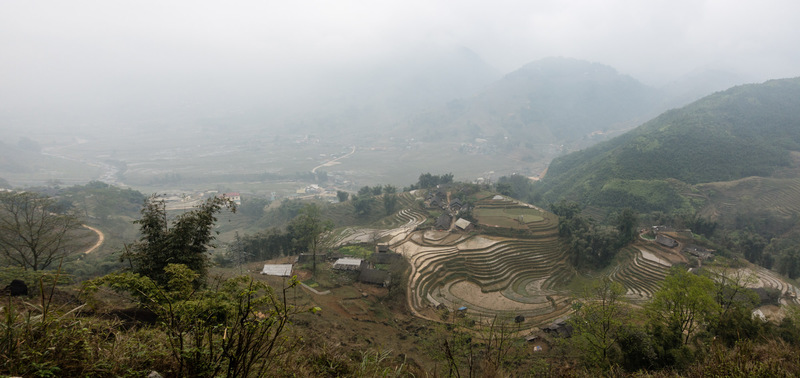
Tram Ton Pass
Taking advantage of a glorious break in the foggy weather, we drove out to Tram Ton Pass late one afternoon, hoping to admire the vista. Due to the high elevation, the top of the pass is in the clouds most of the time, and clear views are a rare treat. As we came up over the crest of the road and the spectacular, cloudless view came into sight, we both gasped. The jagged crest of Fansipan (the tallest mountain in Indochina) framed the valley to the left, illuminated in the sunset, while the highway wound along the steep slope to the right, impossibly far beneath us. We spent the better part of an hour driving up and down the road, chasing the fading light to get the best possible photos. As the last bits of light disappeared from the sky and we made our way back into Sa Pa, we counted our journey a success.
